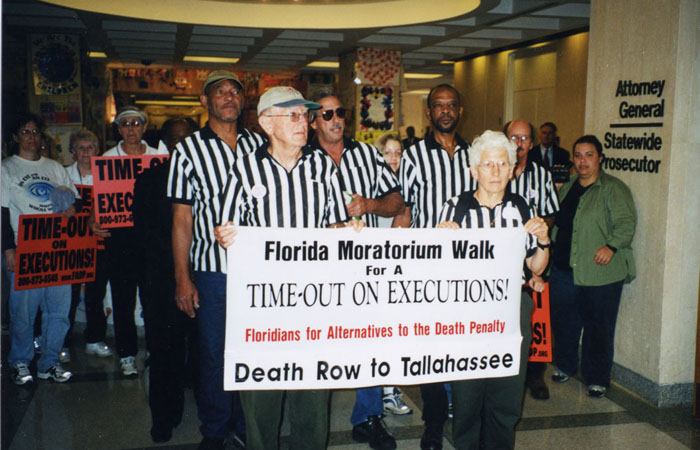Collections : [National Death Penalty Archive]
National Death Penalty Archive
Researchers, writers, activists, and records on capital punishment in the United States.
Search Constraints
Start Over You searched for: Collecting Area National Death Penalty Archive Remove constraint Collecting Area: National Death Penalty Archive Date range 1928 Remove constraint Date range: <span class="single" data-blrl-single="1928">1928</span>Search Results
Card File Index of Executions, Undated 2.8 cubic ft.
Watt Espy kept a series of index cards, grouped mainly by state, that records information about executions on American soil (colonies, states, territories) since the 1600s. Some cards contain lots of information, including name, place of execution, method, and details of the crime. Other cards have very little information aside from the fact that someone was executed. Sometimes there is not even a name—just "two slaves" or "pirate". There are additional categories for federal, military, and indigenous executions. There are two different card sizes; for the 3x5 inch cards, each state, territory, or other main division is identified with a manila tab. Subdivisions are marked with blue, unlined cards and are intended to mirror the arrangement of materials in Series #2 as closely as possible.
Correctional Association of New York Records, 1844-1988 30.97 cubic ft.
David Von Drehle Papers, 1897-2003 7.5 cubic ft.
Michael Mello Papers, 1800-2008, bulk 1970-2004 42.2 cubic ft.
M. Watt Espy Papers, 1730-2008 88.76 cubic ft.
Series contains records from Leigh Bienen's participation in the New Jersey Proportionality Review Project led by Special Master David C. Baldus. This includes correspondence, data gathering information, data tables, and multiple case briefs for the major cases involved in the proportionality review including New Jersey v. Robert O. Marshall, New Jersey v. Marko Bey, and New Jersey v. John Martini.
Victor L. Streib Papers, 1908-2012, Undated, bulk 1978-2007 22.8 cubic ft.
Documentation of Executions, 1730-2008, Undated 44.5 cubic ft.
This series comprises the bulk of Watt Espy's primary and secondary research and is therefore the largest in the collection. Initially, approximately half of these documentation of execution records were arranged in an organized fashion alphabetically by state, or by federal, military, tribal or international categories and then alphabetically by an individual's name. The others were not arranged in any discernable scheme with a significant amount of materials kept as unorganized loose documents in boxes. Espy marked some files as "not written up," but it was ultimately unclear how these differed from other records. After careful review, the archivists decided to combine all of the documentation of executions together, divided the records into five subseries for executions conducted by all 50 states and the District of Columbia, federal executions, military executions, indigenous executions, and international executions, and subsequently arranged and inter-filed all the loose materials.
